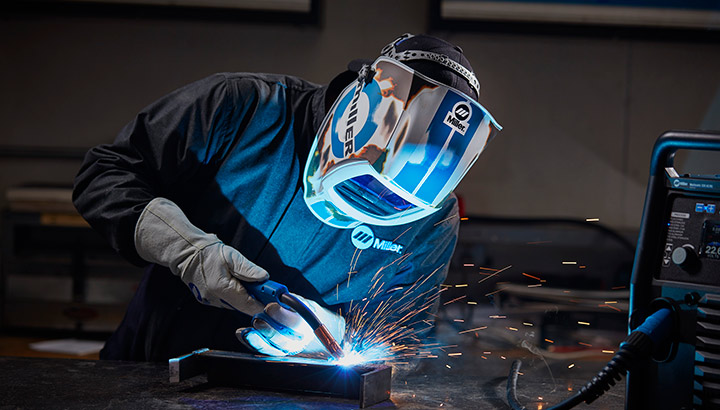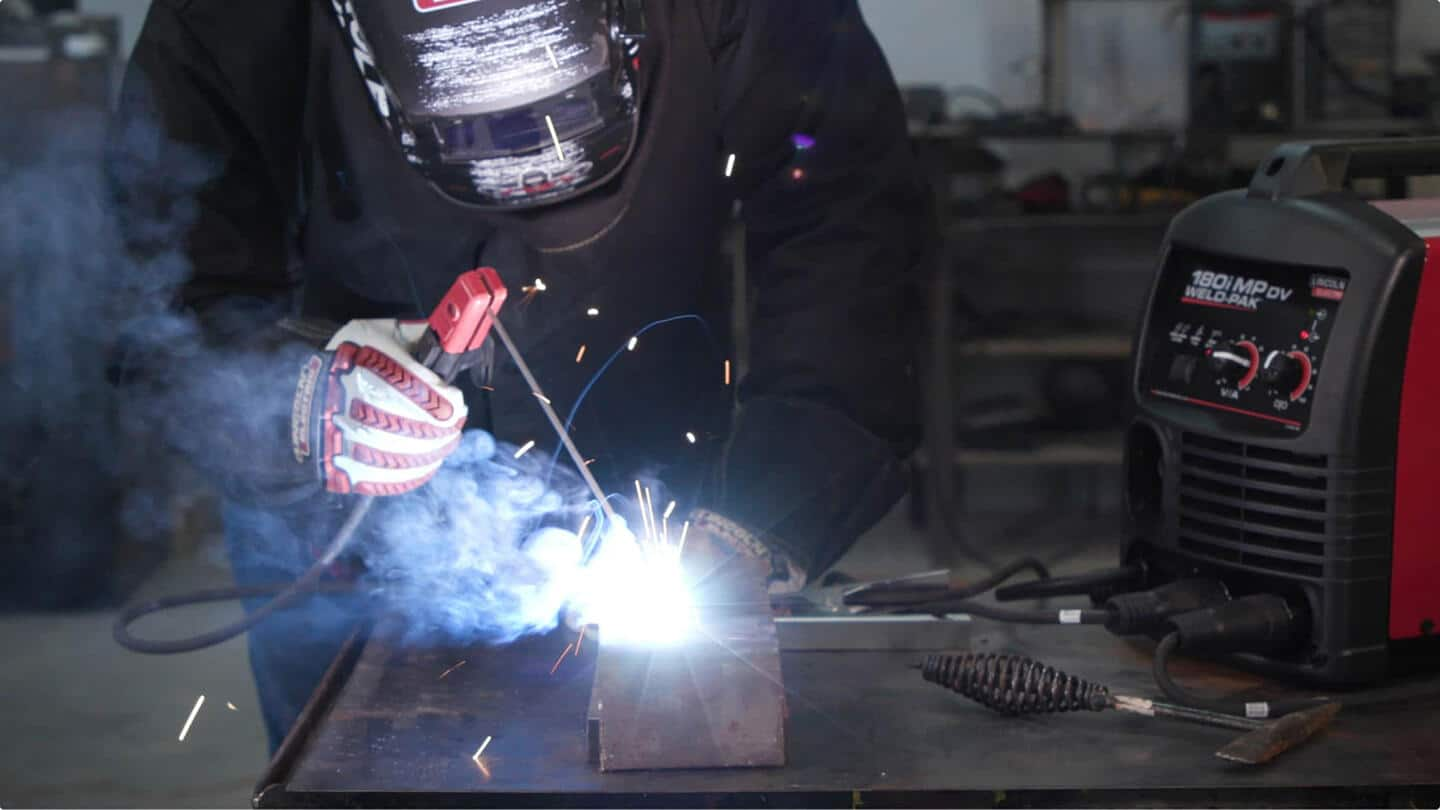The Ultimate Overview to Welding WPS Procedures: A Comprehensive Overview for Welders
In the detailed world of welding, Welding Treatment Specs (WPS) act as the foundation of guaranteeing high quality, uniformity, and safety and security in welding operations. Comprehending the nuances of producing, implementing, and keeping an eye on WPS treatments is important for welders seeking to raise their craft and satisfy industry standards. As we explore the numerous elements of a WPS and discover the details of credentials and certification, we will reveal the important function these treatments play in the realm of welding. Allow's start a journey to unravel the intricacies and relevance of WPS treatments in welding techniques.
Importance of WPS Procedures
Understanding the significance of Welding Treatment Requirements (WPS) treatments is essential for making sure the top quality and stability of bonded structures. WPS procedures work as a roadmap for welders, outlining the needed steps, parameters, and products needed to achieve an audio weld. By adhering to WPS standards, welders can ensure consistency in their work, resulting in dependable and structurally audio welds.
One of the main factors why WPS procedures are necessary is their function in maintaining weld high quality and honesty. Complying with the specified welding criteria and techniques described in the WPS helps protect against problems such as porosity, fracturing, or insufficient blend, which can endanger the stamina and durability of the weld.

Components of a WPS
A Welding Procedure Requirements (WPS) generally comprises essential parts that detail the specific demands for implementing a weld, making sure consistency and quality in the welding process. The key parts of a WPS include important variables such as base steels, filler steels, preheat and interpass temperatures, welding procedures, shielding gases, welding positions, and post-weld warm treatment needs.
Base steels refer to the products being joined, while filler metals are utilized to fill up the space between the base steels during welding. The welding procedure details the certain strategy to be utilized, whether it's gas metal arc welding (GMAW), shielded metal arc welding (SMAW), or one more method. Welding settings specify the positionings in which welding can be done.

Qualification and Qualification
Having actually developed the important parts of a Welding Procedure Spec (WPS), the focus now moves in the direction of the crucial elements of certification and certification in welding methods.

Certification, on the various other hand, is the formal recognition of a welder's qualifications by an appropriate accreditation body or company. Welding accreditations are usually based upon the particular welding procedures, materials, and positions a welder is certified to collaborate with. Holding a legitimate welding certification demonstrates that a welder fulfills market standards and is competent to perform welding jobs to the called for specifications.
Creating a WPS
To develop a Welding Treatment Spec (WPS) that meets market criteria, careful consideration of welding procedures, materials, and functional criteria is essential (welding WPS). The primary step in developing a WPS is to recognize the welding procedure to be used, such as gas metal arc welding (GMAW) or shielded steel arc welding (SMAW) As soon as the welding process is determined, the following essential element is selecting the suitable materials, considering aspects like base steel type, density, and joint layout. Functional specifications such as welding current, voltage, traveling rate, and protecting gas composition must also be meticulously specified in the WPS.

Carrying Out and Keeping Track Of WPS
Upon wrapping up the comprehensive Welding Procedure Requirements (WPS) that thoroughly details welding processes, products, functional criteria, and quality control steps, the emphasis shifts to properly executing and keeping an eye on the established procedures. Application involves making sure that all welders associated with the job are acquainted with the WPS and follow it meticulously during the welding process. This needs providing adequate training and guidance to assure adherence to the defined procedures. Checking the WPS involves continuous oversight to validate that welding activities straighten with the recorded specifications. Examinations, screening, and quality assurance procedures are crucial components of the tracking process to identify any kind of problems or variances promptly. Regular audits and testimonials of the welding procedures help in preserving consistency and high quality throughout the job. Reliable execution and surveillance of the WPS are vital for guaranteeing the stability, strength, and security of the bonded joints, eventually adding to the general success of the welding job.
Verdict
In verdict, understanding and following Welding Treatment Specifications (WPS) is important for welders to make certain quality, consistency, and security in their job. By understanding the elements of a WPS, acquiring proper qualifications and certifications, producing detailed treatments, and carrying out and monitoring them efficiently, welders can enhance their skills and proficiency in welding methods. Sticking to WPS procedures is essential for producing high-quality welds and meeting market requirements.
In the visit this site elaborate world of welding, Welding Treatment Specifications (WPS) offer as the foundation of ensuring top quality, consistency, and safety in welding procedures. The welding procedure details the certain strategy to be utilized, whether it's gas metal arc welding (GMAW), shielded metal arc welding (SMAW), or one more method.To establish a Welding Treatment Spec (WPS) that meets sector requirements, careful factor to consider of welding procedures, materials, and functional criteria is essential. The read this article first step in producing a WPS is to identify the welding procedure to be utilized, such as gas metal arc welding (GMAW) or secured steel arc welding (SMAW)Upon wrapping up the thorough Welding Procedure Specification (WPS) that thoroughly information welding procedures, materials, operational parameters, and top quality guarantee measures, the focus moves to effectively executing and keeping an eye on the established procedures.